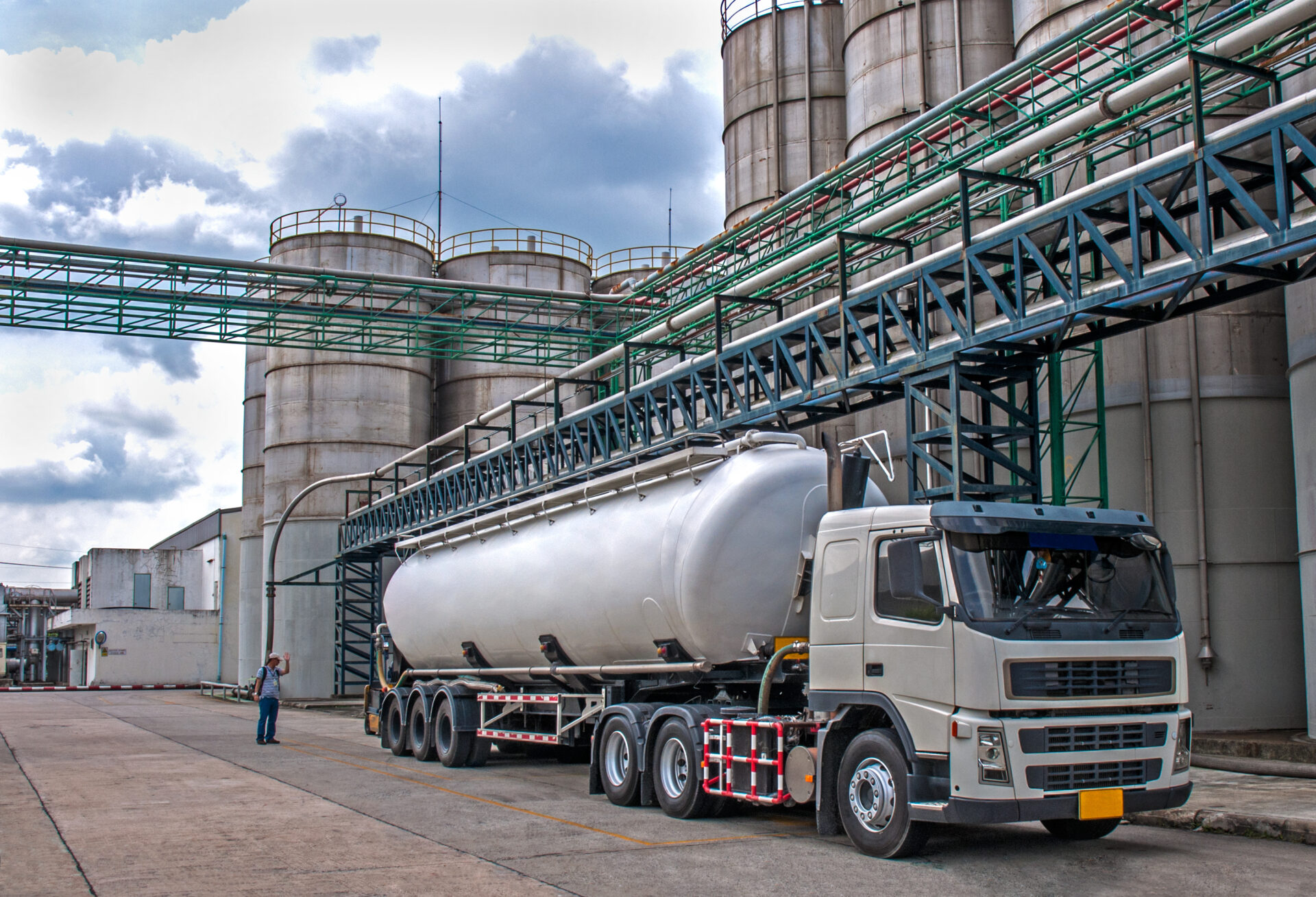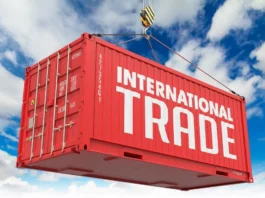
Bulk liquids are liquids that come in big quantities. Transporting liquids, from loading onto vehicles to unloading, to how to safely mop up any leakage that may have occurred accidentally, is a perilous business. Liquids can be transported in several ways that are both safe and secure. The parameters that allow for options from 5,000 litres are beneficial. Here are four other ways that are also considered most favourable:
- Transportation Using ISO (International Organization For Standardization) Tank Containers
These are 20 feet containers made to carry and keep about 20,000 to 26,000 litres of liquids in bulk. They are also considered safe because of the material they are made from which is anti-corrosive and strong steel.
- Transportation Using Drums and Barrels
Drums, as well as, barrels are ideal for transporting modest amounts of material, ranging from 20 to 250 litres on average. Steel, plastic, and fibre materials are all accessible.
- Transportation Using Intermediate Bulk Containers (IBCs)
Intermediate Bulk Containers can transport between 200 and 1250 litres of liquid cargo. The containers are said to be safe for the transportation of materials that may be hazardous. Their size and shape are good enough to easily store and stock cargo. They have both top and bottom discharge or loading points which makes them easy to use without having to transfer cargo to another tank for storage.
- Transportation Using Flexitanks
Flexitanks are made from plastic material and they can carry up to 25,000 litres of cargo. They are installed within a 20 feet container after which the product to be transported is pumped from the top or bottom of the flexitank. It is required that the tanks are filled up to 25 Tonnes to maintain maximum pressure. While overloading will rapture the sidewalls of the container, underloading may cause leakages, and also the tanks are not bound to be insured. The tanks are good for transporting non-hazardous materials like oxygen and moisture-sensitive products – wine, flat beer, and chemicals, etc.
Here are some considerations to take when transporting bulk liquids.

- The Type Of Container Material To Use
Plastic barrels or steel drums, with additional metal and plastic liners inserted to protect the products being transported from spilling and getting contaminated, are recommended. Industrial blue plastic barrels are said to be more reliable and long-lasting in transporting small quantities of liquid cargo. This is so because of the materials they are made from which are tough rigid plastic and are well sealed.
- How To Move The Liquid Cargo
According to the explanation of transportation containers above, such as IBCs, drums, and barrels, must be loaded with forklift trucks and pallets. Before they can be filled, ISO containers must be loaded onto trucks. When putting the containers onto the trucks, it is critical to follow the recommendations for handling the containers.
- In Case Of Accidents Be Ready To Clean Up Spillage
It is critical to recognize that accidents are unavoidable; consequently, it is critical to be well prepared to respond. Make sure you have a strategy in place to deal with any spills – make sure you have all of the necessary PPE and spill-cleaning supplies on hand. Above all, ensure to properly assess the situation in case of a hazardous chemical leak before attempting to manage and contain it.
- Health And Safety Precautions
Follow the proper principles, as well as methods to get the best results when storing and transporting liquid cargo. The procedures are as follows:
- How to load and unload
- How to bear weight and load
- Labelling of hazardous cargo correctly
- Guidelines for transporting and storing
- Hiring carriers for transportation of goods that are registered and competent
- The Type Of Liquids
The type of liquid will have a significant impact on how it is conveyed. When carrying and storing certain types of liquids, special attention is required, such as the temperature at which the liquids are maintained, the materials with which they are stored, and the way they are handled and carried. Explosive, radioactive, and biohazardous liquids, as well as flammable liquids, corrosives, and combustibles, are some of the most dangerous liquids.
Conclusion
The type of liquid that are being transported, either hazardous or non-hazardous, the type of storage containers, and how to handle the liquids in the case of leakage, are all important considerations in bulk liquid transportation. To make sure that the transportation is safe, all of the criteria and protocols for liquids, as well as the containers to be used, must be followed.












